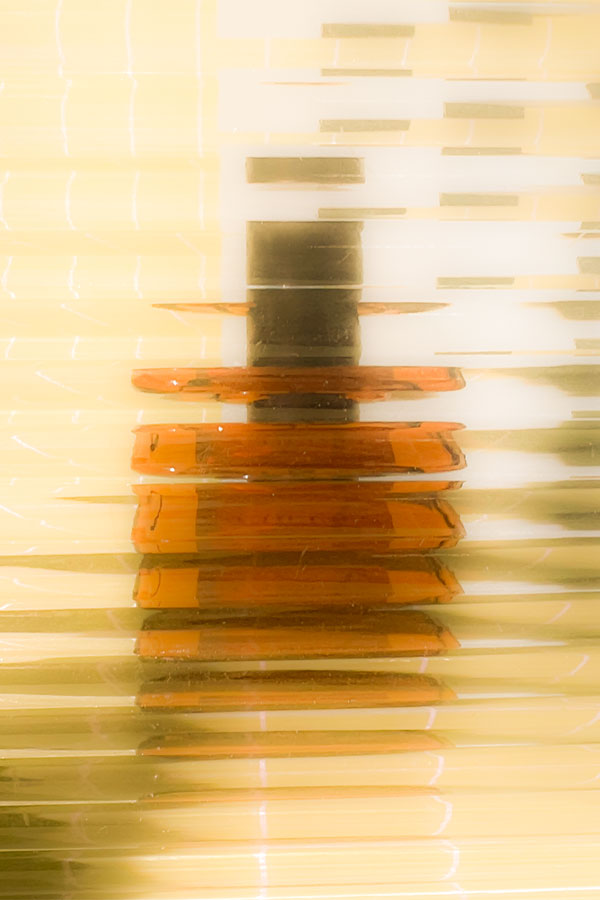






Oud will be the defining fragrance of the year, surpassing minimalist skin scents and unexpectedly conquering the Chinese market.
You’ve likely encountered the terms “Oud” or “Agarwood” in the fragrance world, perhaps nestled within the olfactory pyramid of your favourite scent. You might even be wearing one right now! It wouldn’t be surprising, as this extraordinary ingredient, often referred to as “black gold” in the industry, has made a significant impact on the global perfume market.
As we step into 2025, the fragrance world is witnessing a revival of opulent, complex scents, with oud—this rich, woody aroma derived from agarwood—taking centre stage. This shift marks a notable departure from the minimalist “skin scents” that have dominated the market in recent years.
View this post on Instagram
Oud’s deep, musky profile has long been cherished in Middle Eastern perfumery, but it is now captivating global consumers in search of more intense and luxurious experiences. The younger generation, particularly Gen Z, has also shown a growing interest in oud. This trend has gained significant traction on platforms like TikTok, where users appreciate the scent’s longevity and sumptuous feel.

Oud will be the defining fragrance of the year, surpassing minimalist skin scents and unexpectedly conquering the Chinese market. Photo courtesy of Layla Sailor
Oud is traditionally associated with the Middle East, and its growing popularity in the West is well documented. However, you might wonder what role this rare and mysterious ingredient plays in the East, particularly in China, where its rich, leathery aroma and subtle smoky undertones were once considered “too bold” for local tastes. Prepare to be surprised: oud is not only making significant inroads into China’s fragrance market but also has deep, often overlooked roots in the country, revealing an intriguing story of cultural exchange, spirituality, and luxury. Read on to discover more.
The Birth of Oud’s Mystique and its Odyssey from India to China
Oud, also known as “liquid gold,” is one of the most luxurious and enigmatic ingredients in perfumery. It originates from the Aquilaria tree, which produces its distinctive dark and aromatic resin only when infected with a particular mould. This rare and natural alchemy makes oud one of the most expensive raw materials in the world. The result is a truly remarkable scent, often described as deeply sensual and spiritual, transporting wearers to a world of exotic opulence.
Oud’s origins can be traced back to the forests of Assam, India, where it was valued in ancient texts like the Vedas and Ayurvedic scriptures. Its sacred scent was used in rituals, as incense, and in traditional medicine to calm the mind and aid meditation. From there, oud’s fame travelled along the Silk Road, where it found devoted admirers in the Middle East but also in China.
China’s Ancient Love for Agarwood
China’s connection with agarwood, known as “Chen Xiang” (沉香), or “sinking wood,” stretches back to the Tang (618–907 CE) and Song (960–1279 CE) Dynasties. During these golden eras, agarwood became central to the culture of incense, deeply intertwined with religion, philosophy, and art. Buddhists and Taoists used to burn agarwood during rituals to purify spaces, guide meditation, and create a divine atmosphere.
Beyond its spiritual symbolism—representing purity and enlightenment—agarwood was also a prized status symbol among scholars, artists, and the elite. In imperial courts and refined gatherings, its presence signified sophistication and cultural prestige.
Oud in Global Contemporary Perfumery
Although its bold intensity might initially seem overwhelming, oud never fails to leave an impression. Its rich complexity has made it a favourite among perfumers seeking to craft powerful and long-lasting compositions. As a result, nearly every luxury and niche fragrance brand now has its own interpretation of oud. Some notable examples include Oud Wood by Tom Ford, Oud Palao by Diptyque, Colonia Oud by Acqua di Parma, Oud Ispahan by Dior, Oud Immortel by Byredo, and Royal Oud by Creed. The list goes on.
View this post on Instagram
Today, this mystical ingredient is a must-have in the collections of prestigious creators. If you pay attention, you’ll notice oud’s presence filling the streets of Paris, Dubai, and even Shanghai.
Oud in Modern China
Today, oud is cultivated in plantations across Southeast Asia to meet global demand, and it remains one of the most luxurious and mysterious ingredients in perfumery. But what does it actually smell like? Oud offers a rich blend of smoky, woody, balsamic, leathery, and even animalistic notes, often described as having a “dirty” quality.
This aspect of its scent profile can be challenging for Chinese audiences, leading some to believe that oud may not be “China-friendly.” However, in recent years, oud has steadily gained popularity in China. It can be softened and blended to add a smoky tea note reminiscent of pu’erh tea, resulting in a more approachable version of oud. A prime example is the fragrance Mo by Reclassified. Oud is also increasingly combined with rose to evoke an oriental feeling, as seen in Tipsy Rose by To Summer. Additionally, a notable trend is the use of oud as the centrepiece of a fragrance; for example, Oud Wood by Tom Ford is one of the brand’s best sellers in China.
With its deep historical significance and growing global appeal, oud is undoubtedly making a comeback in China as a new luxury item, cementing its status as one of the latest fragrance trends.
Liana Baltzer
Fragrance consultant, Shanghai



